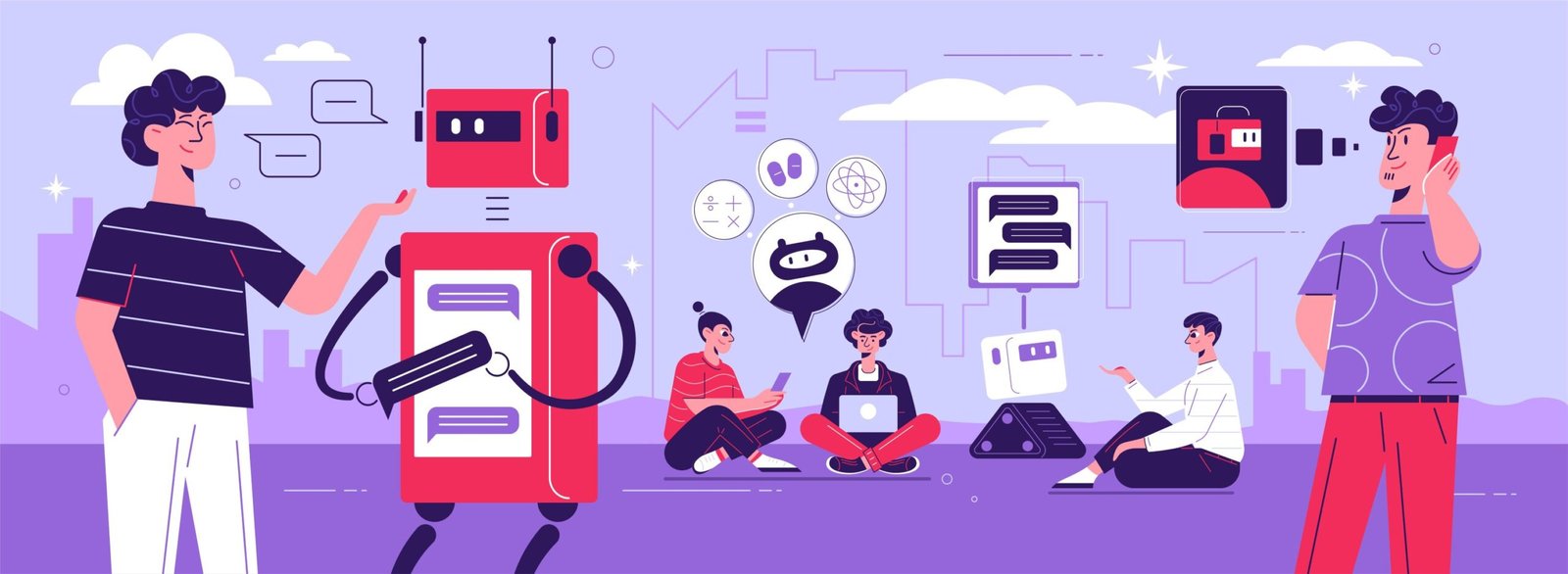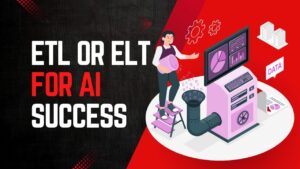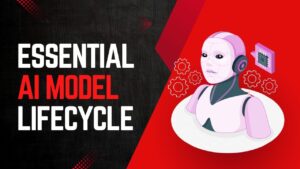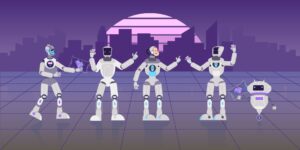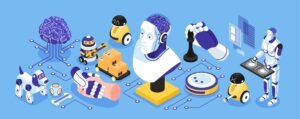Imagine walking into a bustling city filled with diverse, intelligent beings. Some are autonomous, making their own decisions, while others work tirelessly to complete tasks given by their creators. In this vibrant world of artificial minds, two key characters emerge: Agentic AI and AI Agents. Their names sound similar, but their roles and philosophies are worlds apart. This story will take you on a journey to uncover the differences, challenges, and unique possibilities they bring to the table.
On This Page
Table of Contents
The Origins of Two Paths
The seeds of artificial intelligence were sown decades ago with the advent of computer science. But as technology evolved, two distinct branches emerged:
- Agentic AI: The idea of creating machines with their own “will” or intrinsic motivations has been a dream of researchers inspired by nature. These systems are designed to think and act independently, much like a human mind.
- AI Agents: The more practical counterpart, AI Agents, were born out of necessity. These systems are task-oriented, created to execute specific commands and solve predefined problems.
Key Milestones:
| Year | Milestone | Type |
|---|---|---|
| 1956 | Dartmouth Workshop: AI coined | Foundational |
| 1997 | Deep Blue defeats Garry Kasparov | Task-oriented AI |
| 2016 | AlphaGo defeats world champion | Hybrid |
| 2020 | GPT-3: Language generation at scale | Agentic AI |
As we trace these milestones, it becomes clear that Agentic AI pushes boundaries, while AI Agents excel in specific, focused tasks. These milestones set the stage for the future, where innovation and ethical considerations intertwine.
Defining the Roles: Agentic AI vs AI Agents
At first glance, these terms might appear interchangeable, but their core differences are profound. Let’s break it down:
| Feature | Agentic AI | AI Agents |
|---|---|---|
| Autonomy | Fully autonomous with intrinsic goals | Operates under predefined tasks |
| Learning | Continual, often unsupervised | Task-specific, supervised |
| Purpose | Exploratory, strategic | Focused, operational |
| Examples | Autonomous vehicles, exploratory robots | Chatbots, recommendation engines |
Agentic AI can function independently, making decisions that align with its programming but not requiring explicit instructions. In contrast, AI Agents need clear directives to function. The balance between their autonomy and task orientation defines their usefulness in specific scenarios.
The Philosopher and the Worker: Motivations and Purpose
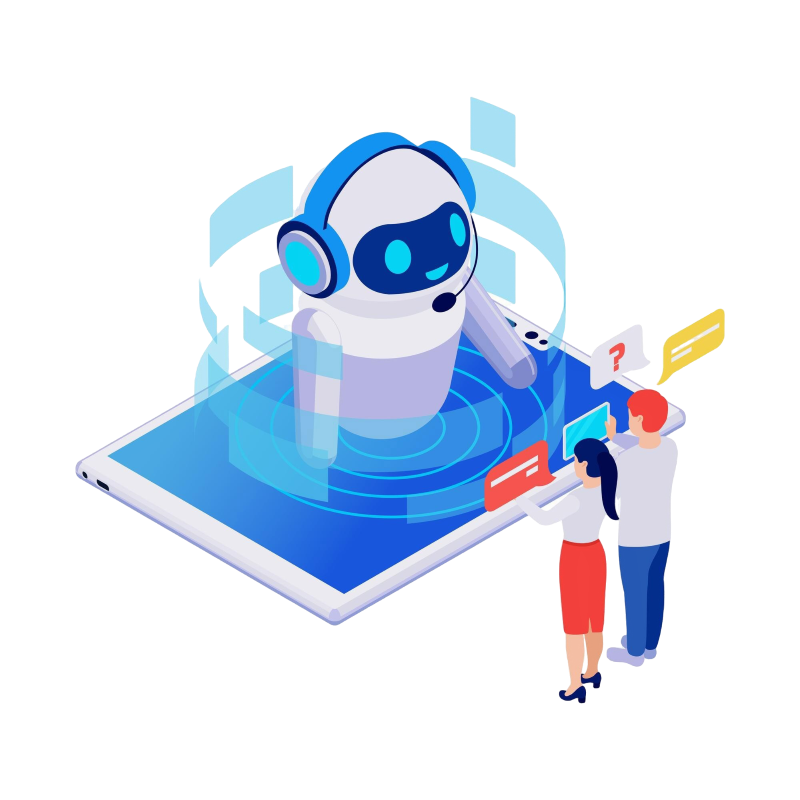
- Agentic AI: Think of Agentic AI as the philosopher—it seeks to understand, learn, and act based on its interpretations of the world. For example, an autonomous drone tasked with exploration might decide its own path to collect the most relevant data.
- AI Agents: These are the diligent workers, executing tasks with precision and speed. A chatbot, for instance, won’t contemplate the meaning of its conversation; it’s simply designed to provide relevant answers.
Key Characteristics:
- Agentic AI:
- Operates without constant human intervention.
- Engages in problem-solving with a degree of unpredictability.
- AI Agents:
- Depend on human inputs or programmed workflows.
- Are predictable and reliable within their scope.
This division highlights the philosophical depth of Agentic AI versus the practical efficiency of AI Agents.
Friend or Foe? Navigating Ethical Dilemmas
As powerful as these systems are, they come with ethical challenges:
1. For Agentic AI:
- Autonomy Risks: What happens if an AI’s goals diverge from human values?
- Accountability: Who is responsible for an AI’s actions?
- Example: Autonomous weapons systems raise concerns about unintended escalation in conflicts.
2. For AI Agents:
- Bias Amplification: Task-oriented AIs can unintentionally perpetuate biases in their datasets.
- Dependency: Over-reliance on AI Agents can lead to loss of critical human skills.
Ethics in Picture:
“The question is not whether machines think, but whether men do.” — B.F. Skinner
“Autonomous AI poses both opportunity and threat; its ethical compass is ours to define.” — Unknown
The ethical implications of these systems demand a proactive approach to regulation and transparency.
Applications in the Real World: From Fiction to Functionality
Both types of AI have practical and transformative applications. Let’s explore how they work in the real world:
- Agentic AI:
- Autonomous cars making split-second decisions to avoid accidents.
- Scientific exploration, such as Mars rovers analyzing terrain independently.
- AI Agents:
- E-commerce recommendation systems improving user experiences.
- Automated customer service chatbots solving routine issues.
Real-World Scenarios:
- A Mars rover equipped with Agentic AI identified a previously unknown mineral formation, demonstrating its ability to learn and adapt.
- AI Agents powered by natural language processing helped a retailer increase sales by 25% by personalizing product recommendations.
These applications underline their distinct strengths, blending innovation with functionality.
Collaboration or Conflict? How They Work Together
While distinct, Agentic AI and AI Agents often collaborate to achieve complex goals.
Example: Autonomous Healthcare
- Agentic AI identifies patterns in patient data, predicting potential outbreaks.
- AI Agents execute specific tasks, like scheduling appointments or sending alerts.
When they complement each other, their combined potential is greater than the sum of their parts. However, conflicts may arise if:
- An Agentic AI’s goals conflict with human-defined tasks.
- Task-specific AI systems limit broader decision-making capabilities.
This interplay reveals the balance required to harness their full capabilities.
The Road Ahead: Challenges and Opportunities
Despite their progress, both systems face challenges:
Challenges for Agentic AI:
- Ensuring alignment with human values (value alignment problem).
- Building trust and transparency.
Challenges for AI Agents:
- Scalability in handling complex tasks.
- Dependency on high-quality, unbiased datasets.
Opportunities:
- Agentic AI: Advancing exploration in uncharted territories like space and deep oceans.
- AI Agents: Enhancing productivity in industries such as logistics and customer service.
The path forward involves overcoming these obstacles while embracing innovation.
A Day in the Life of Two AIs: A Fictional Narrative
Picture this:
- Morning: An Agentic AI-powered drone surveys a disaster-hit region, determining safe routes for rescue.
- Noon: AI Agents in the same system schedule supply drops and communicate with rescue teams.
- Evening: The two AIs collaborate to analyze the day’s data and optimize the next day’s plan.
This fictional narrative showcases the harmony and potential synergy between these two forms of AI.
Resolution: The Duality of Intelligence
As we wrap up this journey, the line between Agentic AI and AI Agents blurs, revealing a world where both can coexist. One thrives on autonomy, pushing boundaries; the other excels in precision, solving problems.
Together, they represent the yin and yang of artificial intelligence—a dynamic duo poised to shape a future as diverse as their creators’ imaginations.
Final Thought:
What role will you play in this evolving narrative? The answer lies in how we guide these remarkable entities toward a shared vision of progress.
FAQs
What is the primary difference between Agentic AI and AI Agents?
Agentic AI operates autonomously, with intrinsic motivations or goals, and can make decisions without direct instructions.
AI Agents, on the other hand, are task-oriented systems designed to execute specific instructions or solve predefined problems.
Can Agentic AI and AI Agents work together?
Yes, they often complement each other. For instance, Agentic AI might identify patterns or strategies, while AI Agents execute specific tasks based on that information. This synergy enhances efficiency and problem-solving in complex systems like healthcare or disaster response.
Are Agentic AIs dangerous because of their autonomy?
While Agentic AI offers great potential, its autonomy also poses risks if it diverges from human-defined values or goals. Proper safeguards, ethical guidelines, and value alignment techniques are essential to mitigate these risks.
What are some real-world examples of Agentic AI?
— Autonomous cars making real-time decisions to navigate traffic.
— Mars rovers exploring and analyzing terrain without constant human input.
— AI-powered scientific research tools hypothesizing and testing experiments independently.
What tasks are AI Agents commonly used for?
— Chatbots for customer service.
— Recommendation systems in e-commerce.
— Automated scheduling and alerts in logistics.
— Data processing for routine tasks in finance or healthcare.
Are AI Agents capable of learning?
Yes, but their learning is typically task-specific and supervised. For example, an AI Agent might learn to improve its product recommendations based on user behavior but lacks the broader adaptability of Agentic AI.
How do ethical concerns differ for Agentic AI and AI Agents?
Agentic AI: Autonomy introduces challenges like accountability and value alignment.
AI Agents: The main concerns involve biases in datasets, scalability, and over-reliance on automation.
Which type of AI is better suited for creative problem-solving?
Agentic AI excels in creative problem-solving because it can adapt, explore new strategies, and operate beyond predefined tasks.
What industries benefit most from these types of AI?
Agentic AI: Space exploration, disaster management, and advanced robotics.
AI Agents: Retail, customer service, logistics, and healthcare.
How does Agentic AI handle unexpected situations?
Agentic AI is designed to adapt and make decisions autonomously, even in unforeseen circumstances. For example, an autonomous drone could reroute itself during a mission if it encounters a storm or obstacle.
Do Agentic AIs require less human intervention compared to AI Agents?
Yes, Agentic AIs typically require minimal human intervention as they operate with intrinsic goals. In contrast, AI Agents need continuous guidance or task-specific instructions.
How do Agentic AI and AI Agents impact employment?
Agentic AI could create opportunities in new fields such as AI governance and ethics, while automating exploratory tasks.
AI Agents might replace repetitive jobs but also enhance productivity in sectors like customer service and logistics.
Are there hybrid systems that combine features of Agentic AI and AI Agents?
Yes, hybrid systems are emerging that blend the autonomy of Agentic AI with the task-specific precision of AI Agents. For example, some autonomous vehicles use Agentic AI for navigation and AI Agents for specific actions like lane changes.
How can businesses decide whether to implement Agentic AI or AI Agents?
Businesses should assess their needs:
— If the focus is on innovation and exploration, Agentic AI is ideal.
— For predefined tasks or process automation, AI Agents are more suitable.

